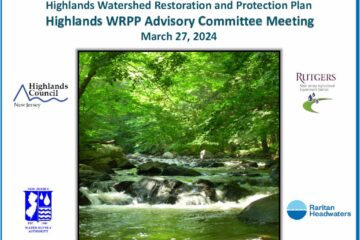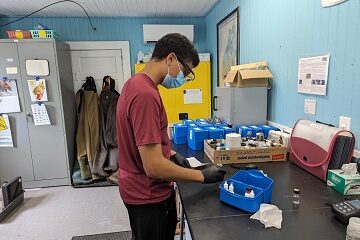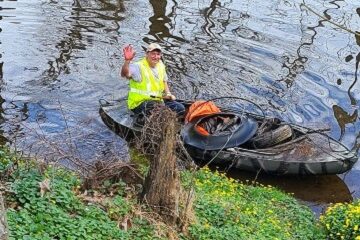Site Description
Site ID: NB16
Bedminster Township, Somerset County
Stream Category: FW2-NT (Category 2, Non-trout waters)
Site monitors Raritan River North Branch (Lamington River to Mine Brook) subwatershed (HUC: 02030105060090)
The site is located downstream of the Middle Brook, where the stream splits, forming an island. Site can be located from the stream access point on River Road for our Mine Brook site, then heading downstream to the confluence.
What is being monitored at this site?






